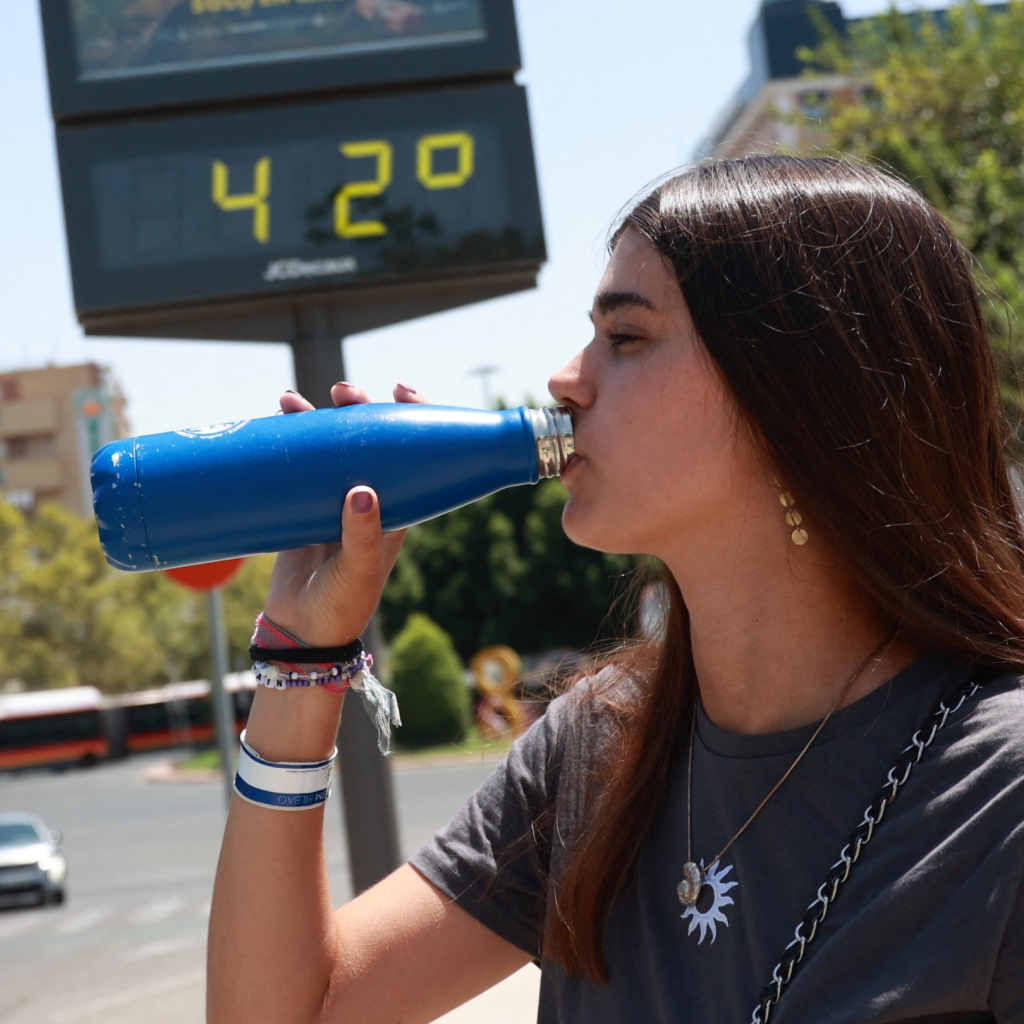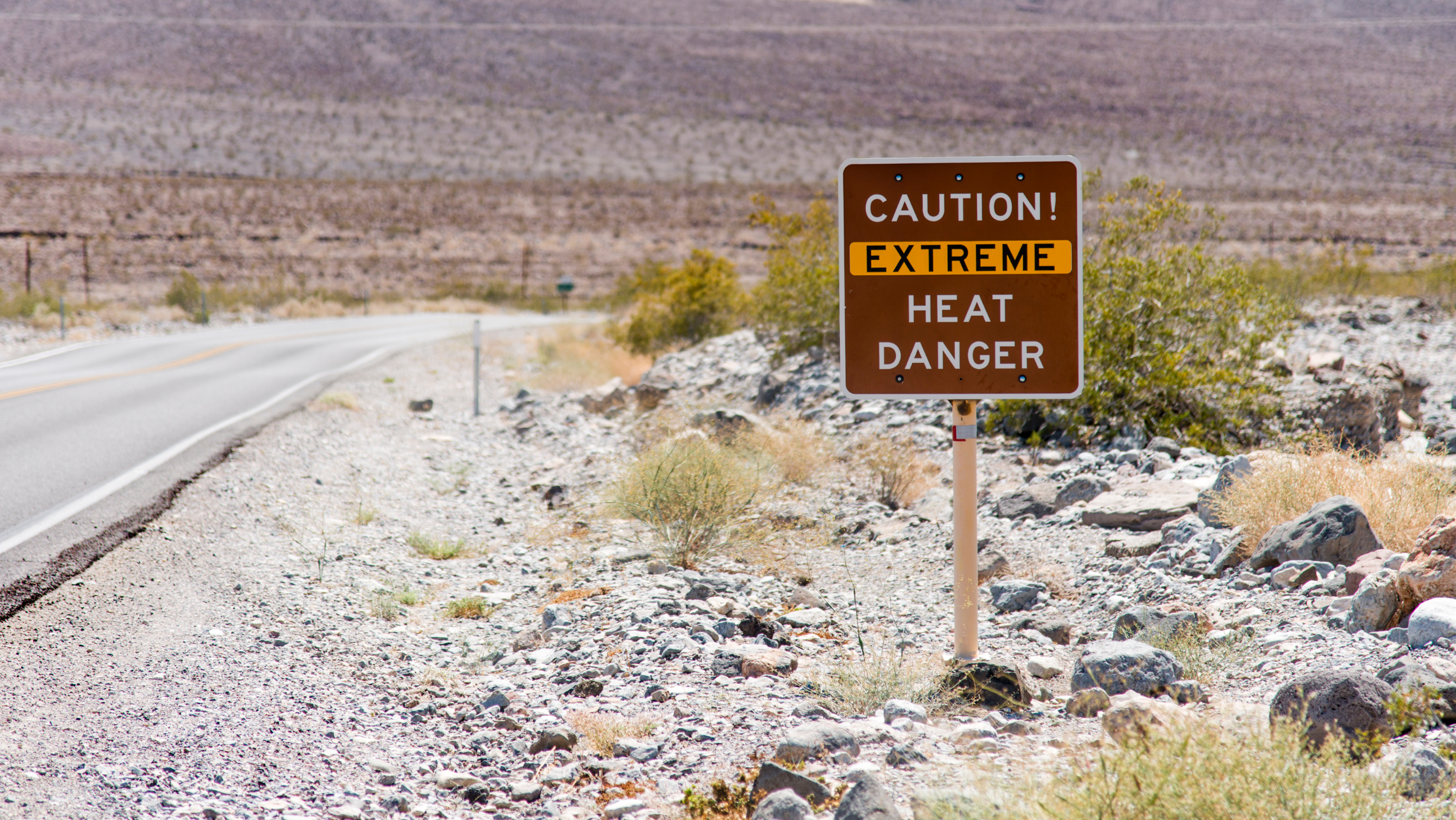Why do we need early warning systems?
When heat waves strike, many people underestimate their own individual risk. However, extreme heat is one of the deadliest weather hazards. This lower risk perception can come with significant costs as people expose themselves to dangerous and possibly lethal heat.
Heat health early warning systems (HHEWS) help raise awareness of extreme heat and trigger critical public health responses that save lives.
At their best, these systems predict dangerous periods of extreme heat and disseminate timely alerts that reach key stakeholders: relevant government agencies, civil society, the media, and of course the general public.
The impacts of global warming make heat widespread, severe, and unavoidable. Between May 2023 and May 2024, an estimated 6.3 billion people experienced at least 31 days of extreme heat.
Health-based early warning systems for extreme heat can protect and prepare people, especially in historically temperate zones that are often unprepared for this new era of global boiling. By linking heat alerts with targeted responses, early warning systems can reduce the avoidable health consequences of extreme heat.
Why incorporate health?
Extreme heat is more than high temperatures. Other climatological factors like humidity and acclimatization must inform early warning systems.
The Climate Resilience Center’s algorithm combines weather forecasts with historical health and meteorological data to better predict the health impacts. Without factoring in the health risks, dangerous heat can be overlooked. Often, the temperature maximums may not appear as threatening. Many heat illnesses occur because of high nighttime temperatures, for example, rather than daytime highs.
How do early warning systems work?
Today, extreme heat kills up to half a million people a year worldwide. But deaths from heat are preventable, with appropriate preparation and action. Early warning systems can help trigger those actions, which why the United Nations launched its Early Warning for All initiative to expand coverage of early warning system systems to the entire planet by 2027. However, there is work yet to do. Major improvements in risk communication and behavior change are necessary to make these systems successful.
The Climate Resilience Center advances innovative solutions related to extreme heat, the deadliest natural disaster we face. We collaborate with meteorological organizations and key stakeholders to pilot and implement location-specific early warning systems. These systems integrate key climatological data to issue warnings when they can most effectively prevent heat-related deaths and illnesses.

Mobilizing early action with the Red Cross
Our health-based algorithm for extreme heat underpins the Hellenic Red Cross’s Early Action Protocol. The Hellenic Red Cross activated the system for the first time in June 2024 when a dangerous heat wave scorched the country. Through the early alert notifications, an estimated 2,000 people benefited from water distribution points as well as wellness checks.

Categorizing and naming heat waves
The Climate Resilience Center developed a protocol for categorizing and naming heat waves in Seville, Spain. The project raised public awareness of the dangers of heat and to reduce heat risk. Since the initiative launched in 2022, it categorized dozens of heat waves and shared key alerts to individuals and first responders. When heat waves rose to the most dangerous category, they received a name. Five heat waves rose to this level during the pilot initiative.

Innovative approaches to early warning systems
While early warning systems are traditionally used for city or regional alerts, these systems can also be integrated into other resilience efforts. The Climate Resilience Center, for example, is leading on the development of climate finance tools that are underpinned by early warning systems to ensure that beneficiaries have both financial security and physical safety as they can better understand when heat is dangerous—and why—through a unified approach.
How do early warning systems work?
Our heat health algorithm is linked to local, historical health and meteorological data. This approach allows us to categorize the severity of forecasted heat waves more accurately for each region. Thus, officials have the opportunity to provide the most effective, appropriate, and actionable recommendations to their residents. Health-based warning systems based on our algorithm have been piloted in 13 cities around the world to date, including:

Seville
Spain

Athens
Greece

Heraklion
Greece

Ioannina
Greece

Larissa
Greece

Patras
Greece



